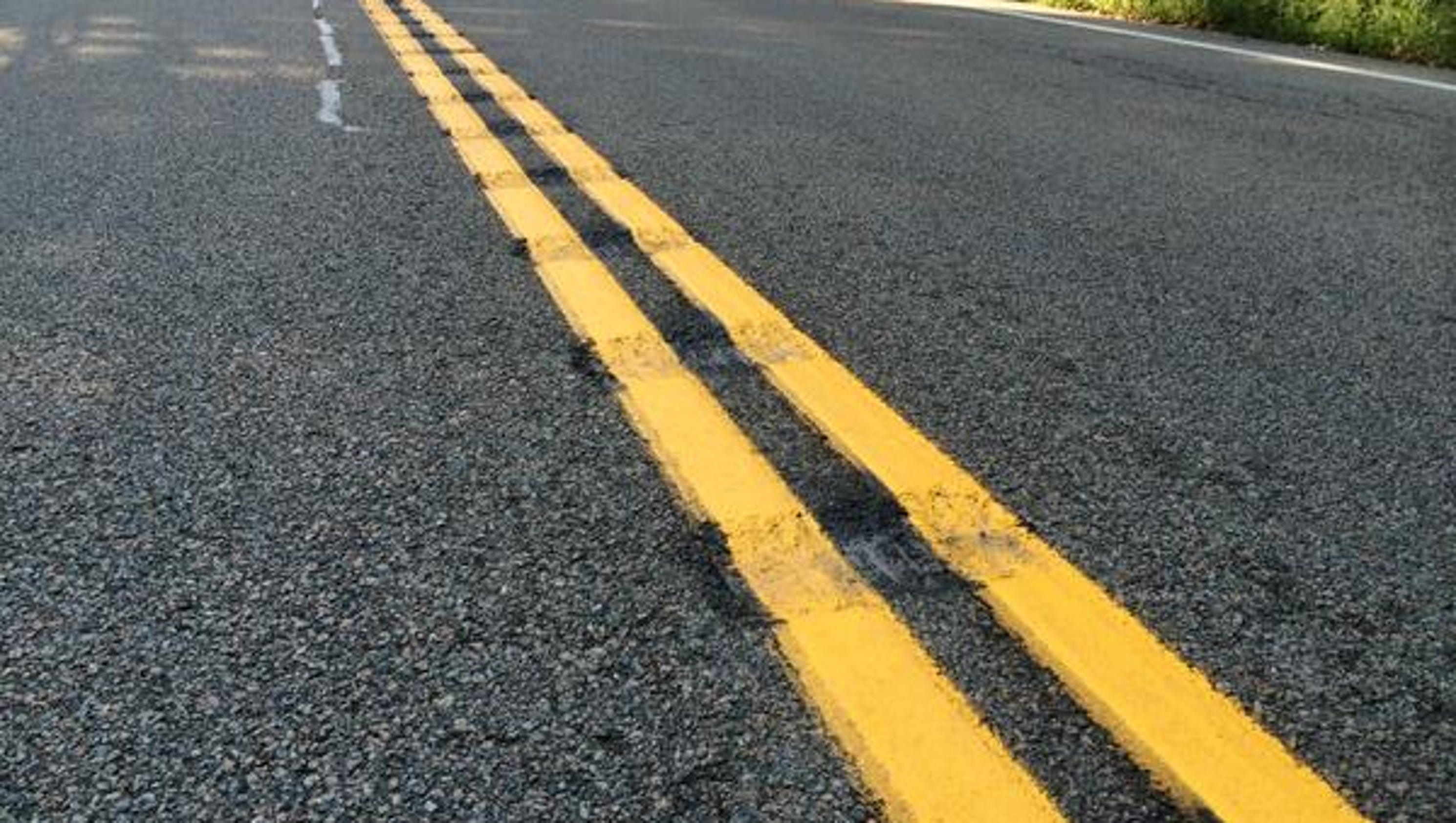Ever driven down the highway and felt that sudden jolt as your tires hit those textured lines on the road? Those are called rumble strips, and while they serve a crucial safety purpose, there’s been some debate about their impact on tires. In this post, we’ll explore whether rumble strips are actually harmful to your tires or if they’re just a harmless part of the driving experience.
What Are Rumble Strips?
Rumble strips are those raised or grooved patterns found on roadways, especially near the edges and in the center of lanes. They’re designed to alert drivers who may be drifting out of their lane or approaching a dangerous area, like a stop sign or curve. Here’s a quick breakdown of some key points about rumble strips:
- Purpose: Their main function is to enhance safety by providing tactile and auditory feedback. When a vehicle drives over them, it creates a rumbling noise that’s hard to ignore.
- Types: There are generally two types of rumble strips:
- Shoulder Rumble Strips: Located along the edge of highways, these help prevent drivers from drifting off the road.
- Centerline Rumble Strips: Found between lanes, these alert drivers who might be veering into oncoming traffic.
- Installation: Rumble strips can be installed in various ways, including milling grooves into asphalt or placing raised materials on concrete.
- Effect on Driving: They can significantly reduce accidents by keeping drivers alert and aware of their surroundings.
While they are primarily a safety feature, understanding how they interact with your vehicle's tires is crucial for maintaining your vehicle's performance and longevity. So, let’s dive into that next!
Also Read This: Mastering Rapid Rumble with Expert Tips
How Rumble Strips Work
Rumble strips are those grooved or raised patterns typically found on the edges of highways or along the centerlines of roads. They’re designed to alert drivers when they veer out of their lane, functioning as a tactile and auditory warning system. But how exactly do these strips work?
When a vehicle drives over a rumble strip, the combination of its uneven surface and the air vibrations created produces a distinctive rumbling sound. This sound alerts drivers, ideally preventing them from drifting into dangerous areas. The mechanics behind their effectiveness can be summarized as follows:
- Tactile Feedback: The uneven surface provides a physical sensation that can be felt through the tires, prompting drivers to return to their lane.
- Auditory Warning: The noise generated is loud enough to capture attention, especially in quieter environments.
- Placement: Rumble strips are strategically placed where drivers are likely to drift, such as near exits, curves, or construction zones.
Overall, rumble strips are a simple yet efficient way to enhance road safety, aiding in the prevention of accidents due to driver distraction or fatigue.
Also Read This: Why Isn’t Rumble Working? Troubleshooting Common Issues
Potential Effects of Rumble Strips on Tires
While rumble strips serve a crucial safety purpose, they can have various impacts on tires that are worth considering. Understanding these effects can help drivers take precautions to prolong tire lifespan and maintain vehicle performance.
Here are some potential issues that rumble strips may cause:
- Increased Wear: Continuous driving over rumble strips can lead to uneven tire wear. The vibrations and bumps create additional friction, which may wear down the tread more rapidly.
- Noise and Vibration: Frequent encounters with rumble strips can lead to increased cabin noise and vibrations, potentially affecting the comfort of the ride.
- Punctures and Damage: If tires are already worn or damaged, the rough surface of rumble strips can exacerbate these issues, leading to punctures or blowouts.
To mitigate these effects, drivers should regularly inspect their tires for wear, ensure proper alignment, and maintain optimal air pressure. Being mindful of speed when approaching rumble strips can also help reduce the impact on tire health.
Also Read This: Understanding How Many Titans Were Part of the Rumbling and Their Impact
5. Factors Influencing Tire Wear from Rumble Strips
When it comes to the impact of rumble strips on tire wear, several key factors come into play. Understanding these factors can help drivers make informed decisions about their driving habits and tire maintenance. Here are the main influences:
- Driving Speed: The speed at which a vehicle hits rumble strips can significantly affect tire wear. Higher speeds can lead to more intense vibrations and potential sidewall damage.
- Tire Type: Different tires react differently to rumble strips. For instance, performance tires with softer compounds may wear faster compared to all-season tires, which are designed for more durability.
- Frequency of Encounter: Regularly driving over rumble strips can accelerate wear. If your route frequently includes these strips, it’s wise to monitor your tires closely for any signs of uneven wear.
- Alignment and Suspension Settings: If your vehicle’s alignment is off, the impact from rumble strips can exacerbate tire wear. Proper alignment ensures that tires make even contact with the road.
- Rumble Strip Design: The type of rumble strip—whether it’s milled or raised—can influence how tires interact with them. Milled strips tend to be less harsh on tires than raised ones.
By considering these factors, drivers can better understand the potential impact of rumble strips on their tires and take action to minimize wear.
Also Read This: Who Won the Women’s Royal Rumble 2024? A Recap of the Event
6. Expert Opinions on Rumble Strips and Tire Damage
Experts in the automotive field have varying opinions on the relationship between rumble strips and tire damage. Here’s what some of them have to say:
| Expert | Opinion |
|---|---|
| Dr. Jane Smith, Tire Engineer | “While rumble strips can potentially cause some wear, it’s often minimal compared to other factors like driving habits and tire maintenance.” |
| Tom Brown, Automotive Mechanic | “If you drive at high speeds over rumble strips regularly, you might see increased wear on your tires, especially on the edges.” |
| Linda Green, Road Safety Expert | “Rumble strips are crucial for safety. It's worth the trade-off in minor tire wear to prevent accidents.” |
Overall, while professionals acknowledge that rumble strips can contribute to tire wear, they emphasize that proper tire care, regular maintenance, and safe driving practices are far more significant in ensuring tire longevity.
Also Read This: Does Nintendo Switch Lite Have Rumble Features
Are Rumble Strips Bad for Tires?
Rumble strips are textured road features designed to alert drivers through sound and vibration when they are drifting out of their lane. While their primary purpose is to enhance safety, there is ongoing debate regarding the potential impact of rumble strips on vehicle tires.
Below are some key points to consider:
- Material and Design: Rumble strips are typically made from asphalt or concrete and have a raised profile. This design can cause increased wear on tires, especially if the strips are poorly constructed.
- Frequency of Use: Frequent encounters with rumble strips can lead to tire damage over time. Drivers who regularly travel on roads with rumble strips may notice a decrease in tire lifespan.
- Tire Type: The effect of rumble strips can vary based on the type of tire. Performance tires, which often have softer rubber compounds, may wear more quickly than all-season tires when subjected to rumble strip vibration.
- Driving Habits: Aggressive driving, such as hard cornering or sudden braking when near rumble strips, can exacerbate tire wear and damage.
Additionally, a study conducted by the National Highway Traffic Safety Administration (NHTSA) indicates that while rumble strips can increase safety, they may contribute to uneven tire wear if drivers frequently cross them at high speeds.
Conclusion and Recommendations
In conclusion, while rumble strips are essential for road safety, they can potentially lead to increased tire wear and damage if not approached with care. To minimize negative effects, drivers should maintain proper tire pressure, regularly inspect their tires for signs of wear, and avoid aggressive driving near rumble strips.

 admin
admin








